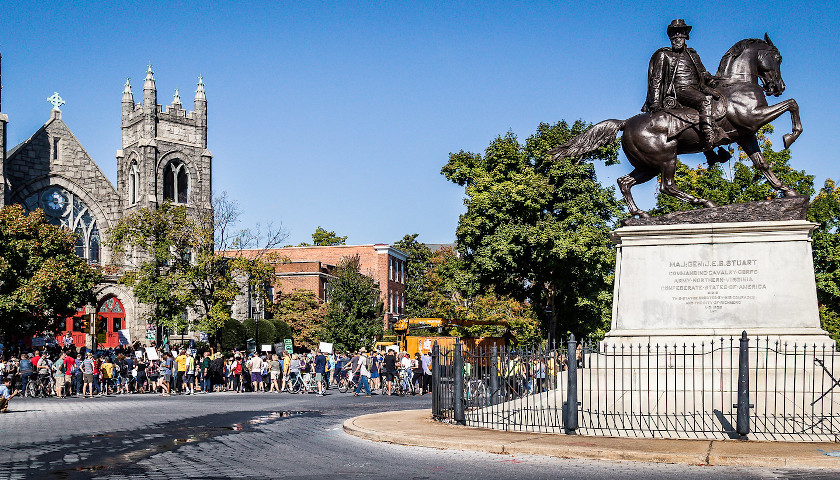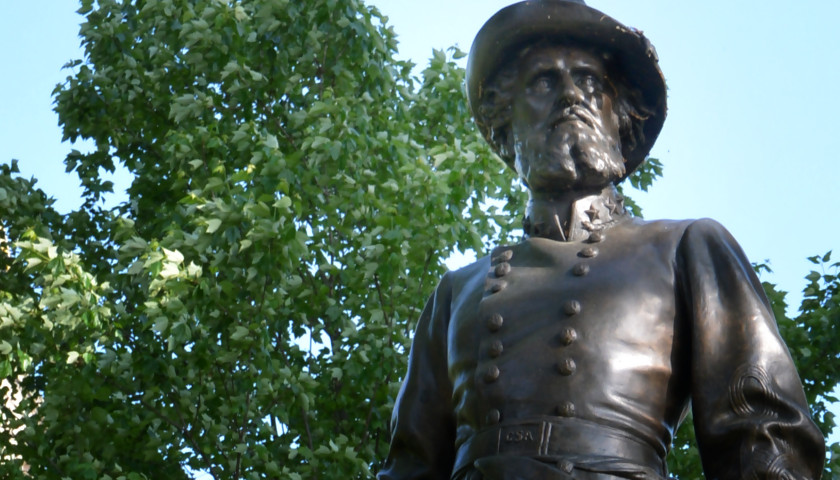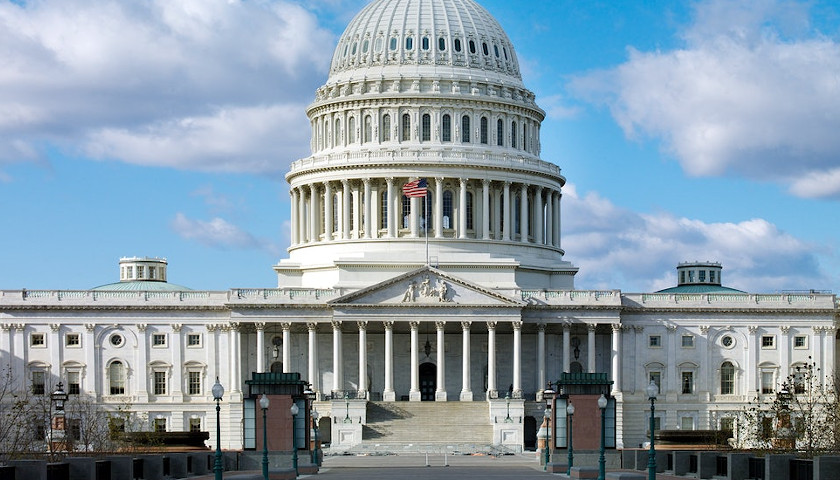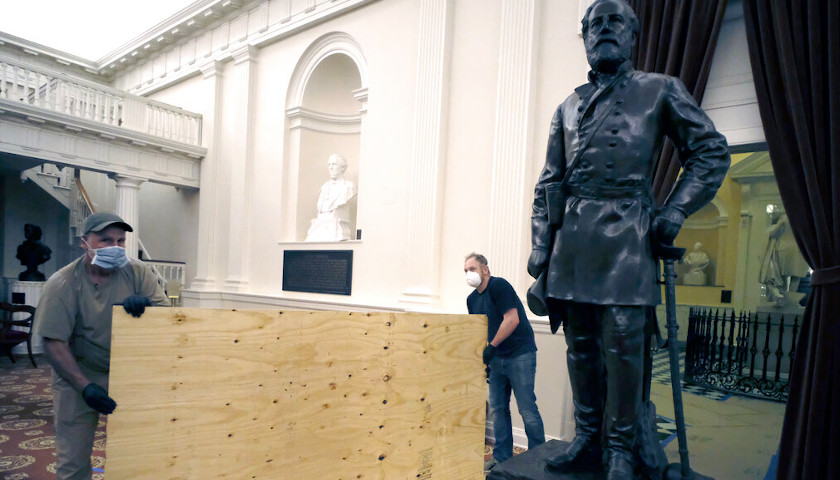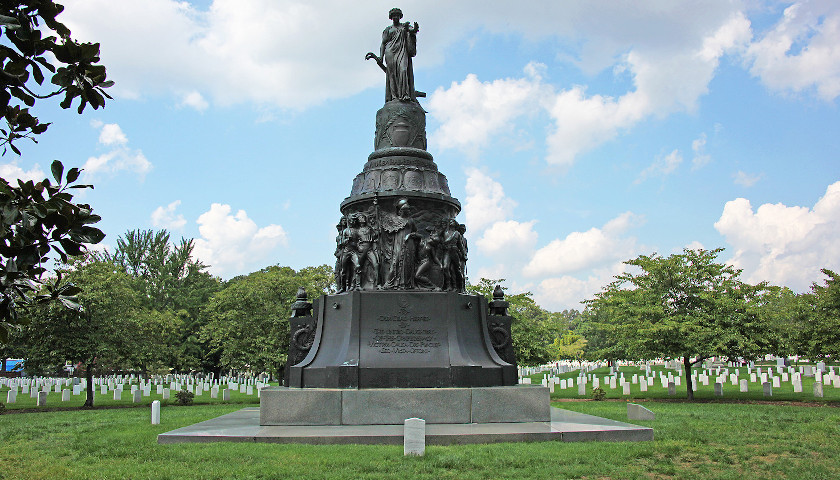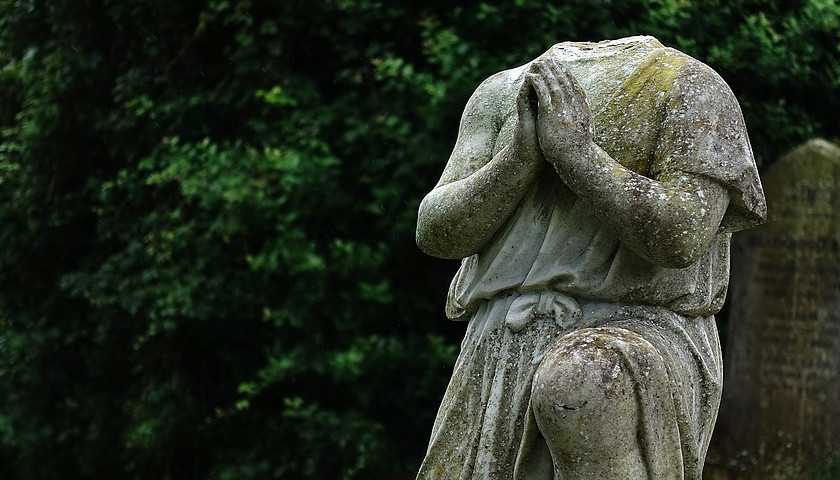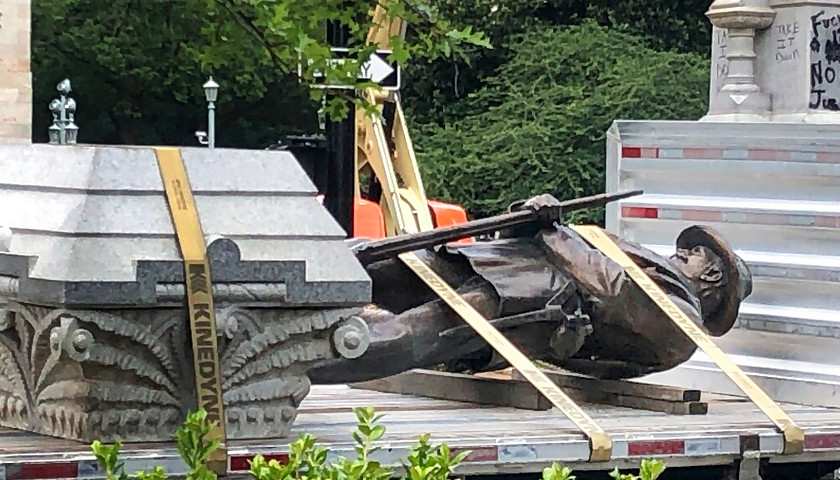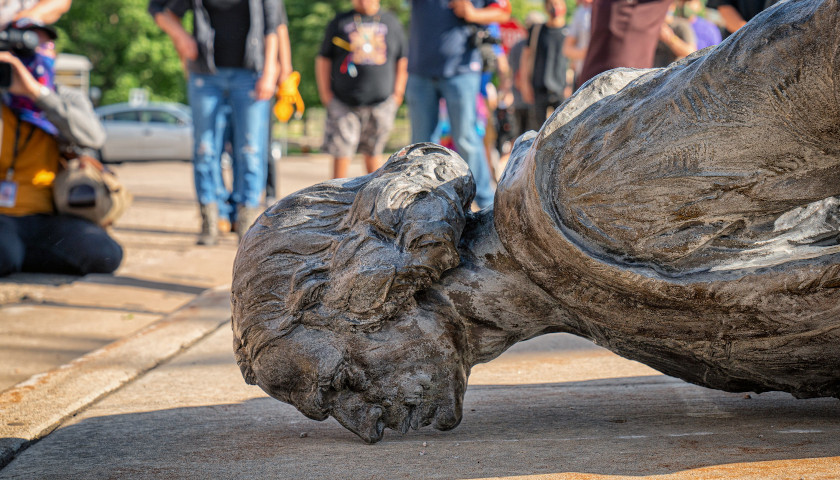At least 160 Confederate symbols including statues were removed from public spaces following the death of George Floyd in 2020, according to the Southern Poverty Law Center.
Of the symbols removed 94 were Confederate monuments, including a statue of Confederate General Robert E. Lee that was removed from the U.S. Capitol building after 111 years, according to Southern Poverty Law Center (SPLC) data. The left-leaning SPLC keeps track of around 2,100 public parks, buildings and statues devoted to the Confederacy through a database called “Whose Heritage?”
Read More
